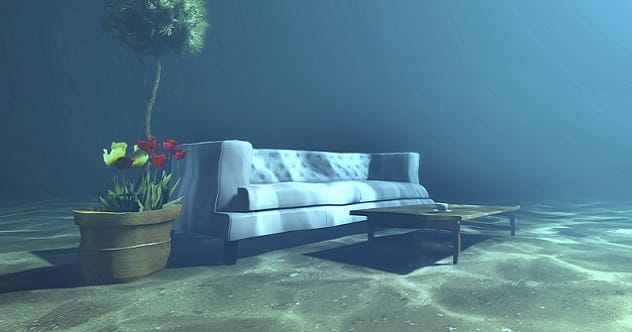Ever dreamed of living under the sea? Science fiction often teases us with these incredible underwater environments. For decades, people have strived to turn this fantasy into reality, and surprisingly, many have succeeded. If you’re curious about the possibilities—and maybe don’t mind the occasional shark neighbor—here are ten underwater facilities where you could potentially live.
The Sub-Biosphere
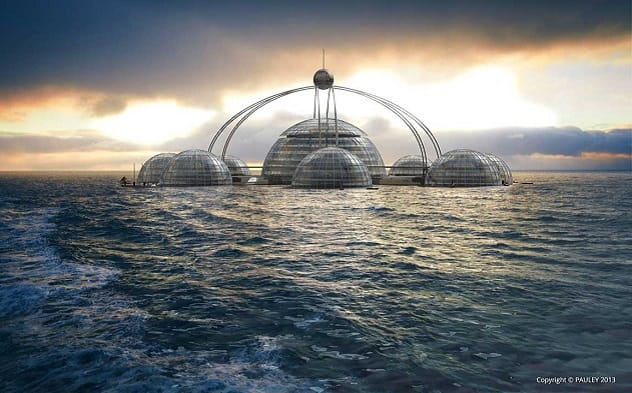
Phil Pauley’s Sub-Biosphere is an ambitious project aiming to create a self-sustaining underwater city. Though not yet a functioning residence, the concept art and blueprints are inspiring. Imagine living in a completely submerged, self-sufficient city!
The Sub-Biosphere consists of multiple pods, each housing up to 100 residents. Pauley envisions a city with crop-growing areas and its own electricity supply. Whether it becomes a reality remains to be seen, but Pauley is dedicated to making this underwater dream a reality.
The Conshelf
You can’t talk about underwater living without mentioning Jacques Cousteau. He created underwater living and research facilities with his Conshelf project. Unlike the Sub-Biosphere, Conshelf wasn’t for long-term living, but it provided most home comforts in a giant metal drum.
Starting in 1962 with Conshelf I, submerged 10 meters (33 ft) off Marseilles, it housed two scientists for a week, equipped with a library, TV, and radio. Conshelf II followed with a garage, aquarium, and another research facility, housing five people for a month. The most ambitious, Conshelf III, sat 100 meters (328 ft) underwater.
La Chalupa Research Lab / Jules Undersea Lodge

Originally La Chalupa Research Lab, Jules Undersea Lodge evolved into an undersea hotel. It’s a favorite among celebrities and those seeking a unique experience.
The entire structure rests at the bottom of a lagoon, monitored from a land-based control center. Guests enter through an underwater port. The lodge features two bedrooms, a common living area with air conditioning, a TV, DVD player, and even a telephone. Large portholes offer views, though you might get curious divers staring back!
Galathee Underwater Lab / SeaOrbiter Project
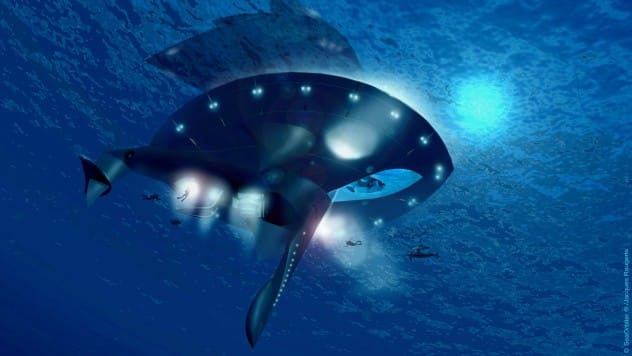
The SeaOrbiter is a concept for a mobile, mostly underwater research facility, inspired by Jacques Rougerie’s Galathee Underwater Lab (1977). This is an underwater spaceship designed to study the ocean with minimal disturbance to marine life.
Like space stations, the SeaOrbiter would support long-term voyages for about 20 people. It would deploy undersea vehicles to explore depths up to 6,000 meters. It could also train astronauts, mimicking the isolation and pressurization of space. The SeaOrbiter is actively seeking funding to reach its goal.
SEALAB
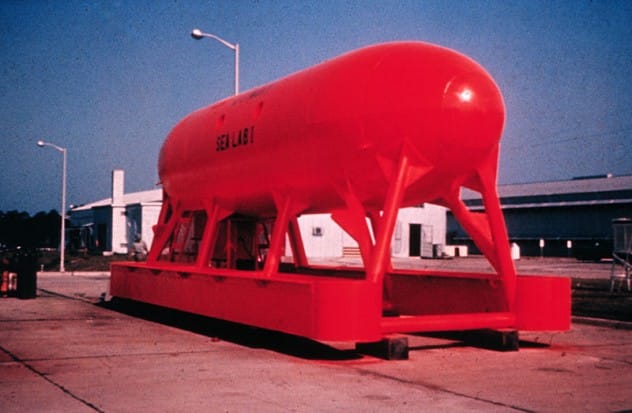
One of the early attempts at underwater living was the SEALAB project. The first SEALAB launched off Bermuda in 1964, but a storm cut it short. SEALAB II in 1965 offered hot water and refrigerators, housing rotating teams of divers for about two weeks each.
SEALAB II, over 17 meters (57 ft) long and submerged 62 meters (203 ft), hosted Scott Carpenter, a Mercury 7 astronaut. Carpenter even made an underwater call to Gordon Cooper, another Mercury 7 astronaut orbiting Earth! SEALAB III in 1969 ended tragically when repairs led to the death of “aquanaut” Berry Cannon.
The Aquarius
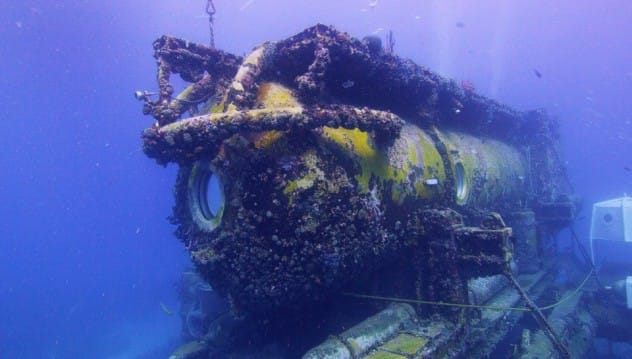
If you are a student at Florida International University, you might access one of the last operational underwater research facilities: the Aquarius. Researchers spend up to 10 days studying marine life off the Florida Keys.
This metal cocoon, resisting pressure up to 37 meters (120 ft), houses up to six people. Inside, it’s a fully equipped apartment with refrigerators, air conditioning, showers, toilets, microwaves, and even Internet. Marine science students recently spent a week living and researching in Aquarius, making it an ocean lover’s premier destination on a budget.
Tektite
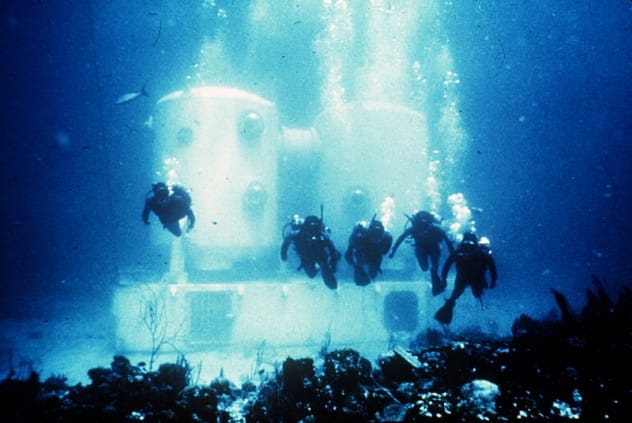
In 1969, the U.S. government funded Project Tektite, named after meteors found on the sea floor. This project housed four aquanauts from February to April 1969 to train astronauts for long space trips.
Tektite II in 1970 included 11 missions, housing 53 aquanauts for 2–3 weeks in an underwater habitat resembling gigantic metal tanks. With crew quarters, an equipment room, and a research area, it offered radios, televisions, bunks, and a full kitchen. While no longer operational, you can view the habitat at the Tektite Museum.
Hydrolab
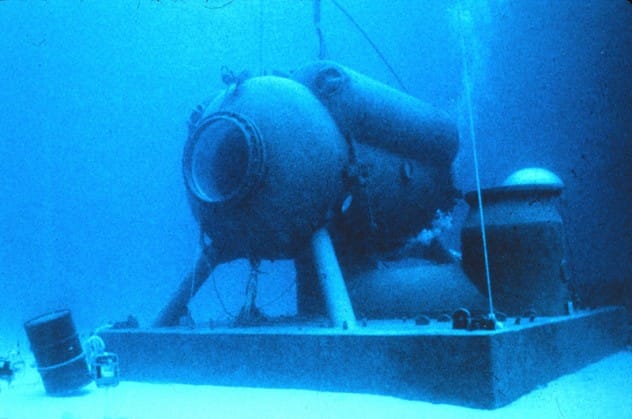
Hundreds of researchers used NOAA’s Hydrolab to study the Atlantic Ocean off the US Virgin Islands. Scientists could live and work for weeks at a time, with up to four scientists in residence.
The facility , just 5 meters (16 ft) long and 2.5 meters (8 ft) high, submerged up to 40 meters (131 ft). Despite its size, it had running water, electricity, bunks, and viewing ports. Hydrolab retired in 1986 but can still be viewed at the Museum of Natural History.
Atlantica
NASA engineer Dennis Chamberland is working to make underwater and space living possible. His Atlantica expedition is a serious attempt to create an underwater city.
Chamberland has built a two-person habitat, aiming for a vast society allowing people to live almost indefinitely on the ocean floor. Atlantica would resemble a neighborhood apartment complex and research facility, with residents using submarines to see movies.
H2OME
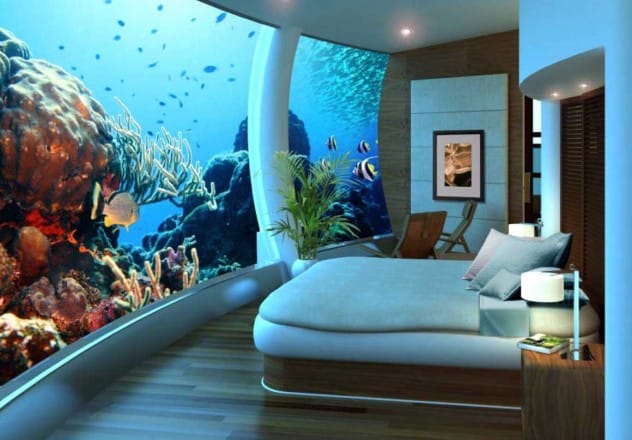
While most underwater habitats are for scientists or projects awaiting funding, there’s another option. For $10 million, you can own your very own luxury underwater home—H2OME. The creators of the Poseidon underwater hotels offer custom-built underwater homes.
US Submarine Structures aims to dominate the undersea property market with underwater casinos, restaurants, and full houses. Their homes maintain surface pressurization, so you stay dry. These two-story homes feature bedrooms, lounges, and everything you need to become a Bond villain.
These underwater facilities represent incredible feats of engineering and human innovation. From research labs to potential homes, the dream of living under the sea is slowly becoming a reality. While some are still in the concept stage, others are fully functional and offer unique opportunities for scientists and adventurers alike.
Which of these underwater habitats excites you the most? Leave your comment below and let’s discuss the future of underwater living!


